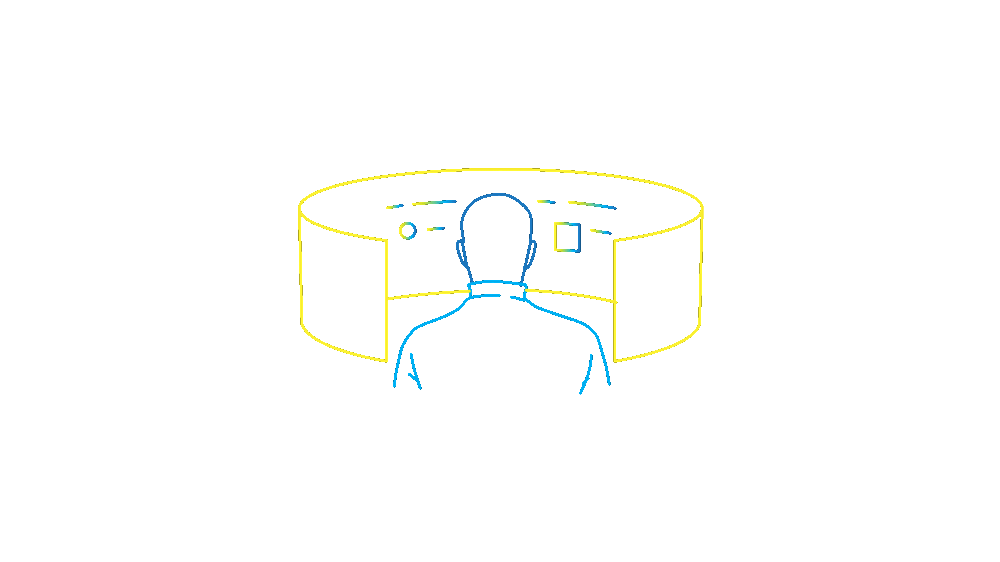Internet of Things (IoT)
It is estimated that 68% of the world’s population will live in urban areas by the year 2050 (source). How people interact with the world around them will continue to become more important as a result. As devices and “things” become more intelligent and interconnected, opportunities will surge to meet the demand of a new interactive digital citizenry. Dignari brings a long history of integrating hardware components and embedded systems in order to deliver intelligent distributed systems. Prior to the term IoT gaining commercial traction, we were designing and implementing enterprise solutions that monitored and responded to a variety of edge sensor events, aggregated device data, and submitted standardized data packages to backend systems for processing. This also included the development of operational dashboards and remote command and control capabilities.
IoT Architecture and Rapid Prototyping
Client Real World Challenges
Many stove-piped programs managing thousands of devices/sensors deployed at multiple locations
Each organization was challenged to connect to the network and were undertaking their own approach to secure untrusted devices
Customer was not fully utilizing the capabilities of newer technologies
Dignari Solution
Dignari initiated and led the establishment of a technical IoT architecture working group bringing together stakeholders from across the organization including application delivery teams, security, and cloud platform teams.
We utilized our multi-phase methodology for the adoption of IoT solutions. In Phase 1 we identified relevant stakeholders, established communication channels, and defined specific business goals, solutions, and success factors. We also met with stakeholders to baseline their technical environments and to identify opportunities for IoT enhancement and integration.
In Phase 2 we developed an overarching target architecture at the edge, platform, and enterprise levels and documented edge design patterns that could be used by project teams moving forward. We also identified a long term IoT roadmap with potential technical pilots.
As part of Phase 3 we developed rapid prototypes to support the analysis of cloud IoT providers in order to prove out the technology and the target architecture. Throughout the process we coordinated amongst all stakeholders, ensuring transparency and enterprise awareness.
Results
Greater insight into existing operations and programs at an enterprise level Improvements in scalability and reusability afforded by an IoT-based solution Contributed to the definition of an enterprise-wide strategy to implement smart technology across operations

